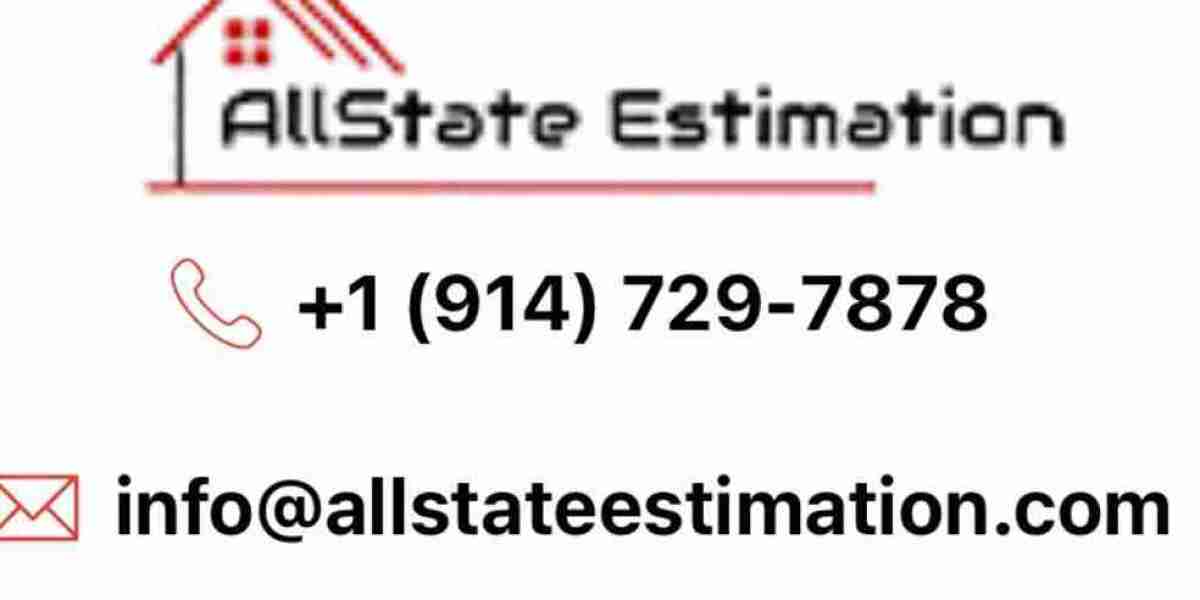Whether you're a startup founder aiming to maximize profit margins or a project manager committed to meeting tight budgetary constraints, the estimation process in software development plays a pivotal role. This piece contrasts estimations crafted for profit maximization with those centered on strict budget adherence—highlighting key methodologies, trade-offs, and best practices.
1. Understanding the Foundation of Estimation
Estimation techniques in software projects range from bottom-up breakdowns to predictive models like COCOMO II, and inclusive processes such as three-point estimation.
Bottom-up estimation involves decomposing the project into granular tasks and estimating effort (hours/days) for each, then summing these to form the total estimate. It’s highly detailed and accurate when the scope is well-defined AST ConsultingGalorath.
COCOMO II, a refined successor to the original COCOMO, integrates cost drivers across product, personnel, and project attributes—enabling structured, data-driven estimates Wikipedia.
Three-point estimating frames estimates into three scenarios—optimistic, most-likely, and pessimistic—then calculates a weighted average to reflect uncertainty LansaGalorath.
The Cone of Uncertainty underscores that early in a project, the range of possible outcomes can vary wildly—often by a factor of 4—gradually narrowing as scope and knowledge crystallize Wikipedia.
These methods form the backbone of estimation, whether you're chasing profits or staying within budget.
2. Estimating for Profit: Precision with Opportunity
When the goal is maximizing profitability, estimation becomes both a financial and strategic tool.
Key Approaches:
Value-Based Budgeting: Prioritize features delivering highest ROI, even if technically more complex—aligning investment with strategic gain MoldStud.
Analogous Estimating Expert Judgment: Leverage past project successes and input from experienced professionals to arrive at competitive yet accurate figures GalorathFull Scale.
Advanced Scenario Analysis: Virtual modeling (Monte Carlo simulations, three-point ranges) helps assess profitability across variations and build confidence in risk-adjusted pricing cognativ.comGalorath.
Strategic Advantages:
Resource Efficiency: Precise allocation of developer hours, design input, and quality assurance helps reduce waste and elevate profit per hour Mobile RealityUpwork.
Scope Definition and UX Focus: Investing early in UX/UI (15–30% of budget) ensures smoother delivery, reducing expensive reworks and enhancing market appeal Mobile Reality.
Workshop-Led Estimation: Collaborative scoping workshops with stakeholders—especially founders or clients—help define MVPs for better ROI prioritization Mobile Reality.
Contingency as Competitive Edge: Including buffers for risk ensures deadlines and costs don’t creep upward—protecting margins MoldStudcognativ.com.
3. Estimating for Budget: Discipline and Control
When budgets are tight—such as in nonprofits, early-stage projects, or fixed-price contracts—the emphasis shifts toward cost containment.
Key Approaches:
Top-down Bottom-up Budgeting: Top-down sets financial boundaries from past experience, while bottom-up checks detail-level resource allocations MoldStud.
Categorizing Costs: Separate direct (development, licenses) and indirect (administrative, utilities), and anticipate both fixed and variable components to avoid financial surprises MoldStud.
Multiple Estimate Tiers: Generate optimistic, realistic, and pessimistic estimates to understand variance and plan for best- and worst-case scenarios Upwork.
Agile Iterative Monitoring: Use Agile sprints to reassess estimates at each milestone. Regular check-ins help detect deviations early and adapt MoldStudStudySmarter UK.
Strategic Advantages:
Risk Mitigation via Contingency Funds: Allocating a safety buffer helps absorb unforeseen expenses without exceeding budget MoldStudcognativ.com.
Transparent Communication: Keeping all roles—project managers, designers, QA, DevOps—visible in the budget avoids missing costs down the line Altamira.
Technology Alignment: Selecting cost-effective tech stacks (e.g., cross-platform vs. native for mobile) aligns quality needs with budget reality Altamira.
Ongoing Performance Tracking: Comparing actual spend vs estimates helps in course-correcting and learning for future projects Upworkcognativ.com.
4. Core Tensions and Synergies
Balancing profit goals and budget constraints often involves managing these dynamics:
Scope vs. Value: Profit-driven teams might include only high-value features—even if technically costlier; budget-limited teams may need to trim scope to hit cost targets.
Risk Appetite: Profit-oriented teams might build minimal contingency for lean margins; budget-focused teams often prioritize risk buffers to prevent overrun-induced crisis.
Estimation Accuracy vs. Speed: Detailed bottom-up estimates take time—helpful for both profitability and budget control—but may delay project initiation. Analogous or expert-based estimates are faster, but risk inaccuracy.
Stakeholder Involvement: Maximizing profit requires strategic alignment and UX investment; staying on-budget needs rigorous stakeholder communication to manage expectations at every milestone.
5. Synthesis: Bridging the Gap in Practice
To integrate both objectives effectively:
Hybrid Approach
Begin with bottom-up estimation for accuracy, then overlay three-point ranges and historical analogs to model profit scenarios and budget outcomes.Live Budget Tracker Milestone Reviews
Use tools that enable real-time tracking of costs and velocity—supporting both profit visibility and budget discipline.Prioritization Matrix
Map features by value vs. cost. Prioritize high ROI items, but re-evaluate lower-value features if they threaten budget lines.Stakeholder Alignment
Maintain continuous dialogue. Profit-focused clients benefit from understanding cost drivers; budget-constrained clients value transparency in scope trade-offs.Iterate and Learn
Conduct retrospectives at each milestone—review discrepancy between estimates and actuals, and refine future estimation models for both profit and budget path clarity.
Conclusion
All‑state estimation in software development isn’t one-size-fits-all. Estimating for profit pushes teams to focus on efficiency, value, and strategic levers like scope and UX. Estimating for budget demands meticulous control, contingency planning, and transparency. The most effective teams blend both strategies—using rigorous estimation, smart risk modeling, and ongoing stakeholder alignment—to deliver sustainable, high-value outcomes





